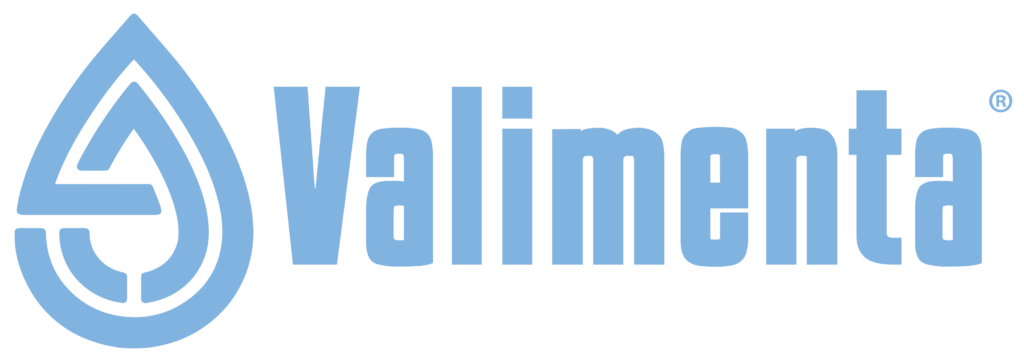The mechanism by which glutathione activates vitamins C and E involves its ability to act as a reducing agent. When these vitamins become oxidized, they lose an electron and become ineffective as antioxidants. Glutathione can donate an electron to these oxidized vitamins, reducing them back to their active forms and allowing them to continue to neutralize free radicals and protect the cell membrane.
CoQ10, also known as ubiquinone, is an important enzyme in the electron transport chain that generates energy in the cells. It can also act as an antioxidant, protecting cells from damage caused by reactive oxygen species. Like vitamins C and E, CoQ10 can also become oxidized and lose its activity. Glutathione can also donate an electron to CoQ10, reducing it back to its active form, this will help in the production of energy in the cells.
It’s important to note that Glutathione is a small protein composed of three amino acids: cysteine, glutamic acid, and glycine, it’s present in the cells, and it’s a crucial antioxidant for the cells, and it plays multiple roles in the cells, including the activation of vitamins and enzymes like CoQ10.
In addition to activating vitamins, glutathione also plays a role in activating certain minerals.
Selenium is an essential mineral that acts as a cofactor for certain enzymes, including glutathione peroxidase, an enzyme that uses glutathione to neutralize hydrogen peroxide and other reactive oxygen species. Glutathione can also help to activate selenium by reducing it to its active form, selenide.
Iron is a mineral that plays an important role in many enzymes and is also a component of hemoglobin, which carries oxygen in the blood. However, iron can also generate reactive oxygen species and contribute to oxidative stress when it is not properly regulated. Glutathione can play a role in regulating iron by chelating (binding) with iron ions and preventing them from generating reactive oxygen species.
References
- https://www.ncbi.nlm.nih.gov/pmc/articles/PMC4835784/
- https://www.ncbi.nlm.nih.gov/pmc/articles/PMC5707683/
- https://www.ncbi.nlm.nih.gov/pmc/articles/PMC5707683/
- https://www.ncbi.nlm.nih.gov/pmc/articles/PMC4835784/
- https://www.ncbi.nlm.nih.gov/books/NBK92775/

